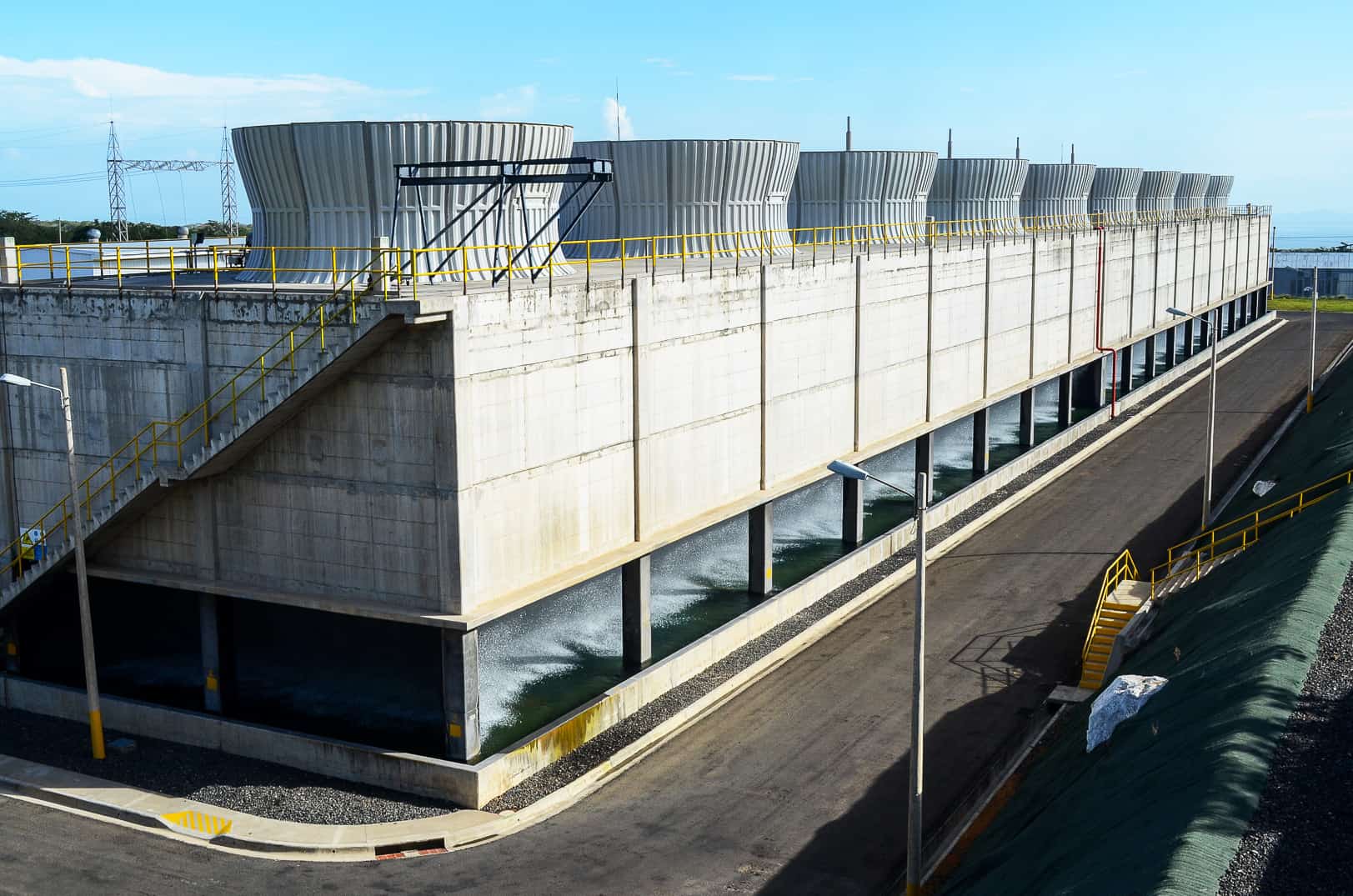Japan has agreed to loan Costa Rica $224 million to finance part of the construction of a geothermal project in Liberia, Guanacaste.
Representatives of the Japan International Cooperation Agency (JICA), the Costa Rican Electricity Institute (ICE) and the Finance Ministry signed the agreement last week, ICE reported.
The agencies will meet again in February to sign the loan agreement after Japanese officials conduct an inspection in December.
The accord followed a two-week visit to Costa Rica of a JICA mission headed by Takeharu Nakagawa, director for Central America and the Caribbean.
During this visit, JICA representatives and ICE officials agreed on the construction, investment and procurement plans, as well as technical, legal, environmental and financial aspects of the project.
ICE’s executive director, Carlos Obregón, said he is confident the project will be successfully completed.
Obregón said he believes that Japan in the future will offer more support to Costa Rica for developing clean energy projects.
JICA granted the loan under favorable conditions for ICE, including a 40-year term with a 10-year grace period at 0.6 percent interest.
The geothermal project
The project consists of building three geothermal power plants – Pailas II and Borinquen I and II – in an area near Rincón de la Vieja Volcano National Park. These plants will harness the power of the high-temperature magma that is abundant underground in this area.
The plants are expected to generate 55 megawatts each. Estimated costs are approximately $234 million for Borinquen I, $167 million for Las Pailas II and $157 million for Borinquen II.
ICE will cover the remainder of the costs with its own funds and a $70 million loan from the European Investment Bank, approved in 2014.
ICE is already working on the Las Pailas II project, which is about 40 percent complete, the agency reported last Friday. The plant is scheduled to launch operations in 2019.
The Borinquen I plant is expected to be operational in 2023, while Borinquen II is expected to enter into operations in 2025.
ICE estimates that Costa Rica’s total installed geothermal capacity, once all three plants are fully operational, will be some 372 megawatts.
Earlier this year the agency reported that Costa Rica generated 99 percent of its electricity from renewable sources in 2015, using hydroelectric, geothermal, wind, biomass and solar power.
In July ICE reported that 96.4 percent of its energy generation for the first half of this year came from renewable sources.
The agency projects to end the year with 97 percent of electricity obtained from clean sources.
Last year Costa Rica made headlines worldwide with two clean energy streaks. In March, the country ended 75 days of running the grid on 100 percent renewable sources, and in August it broke that record by running 94 days on renewable energy.






